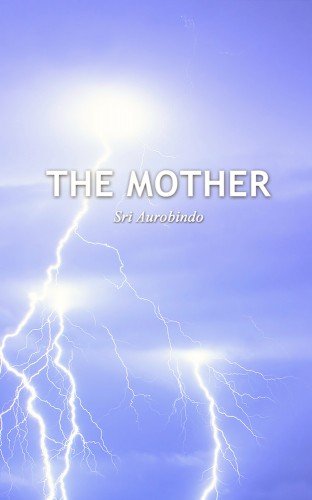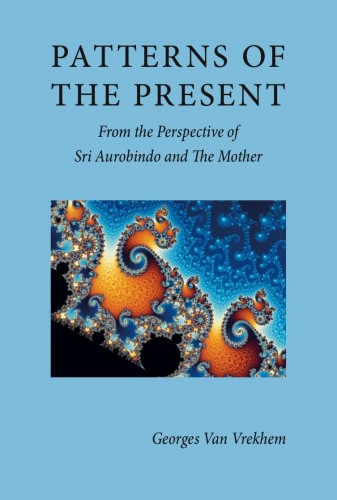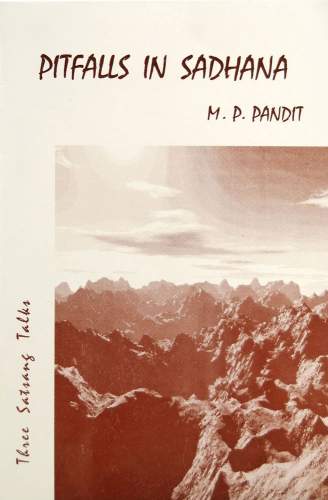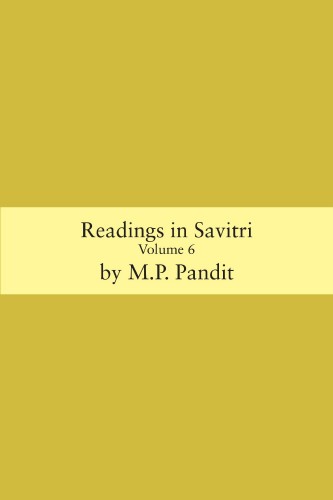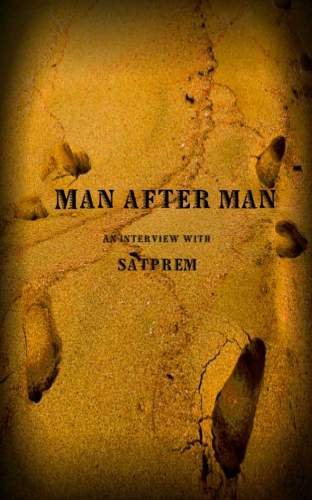On Meditation and Discipline
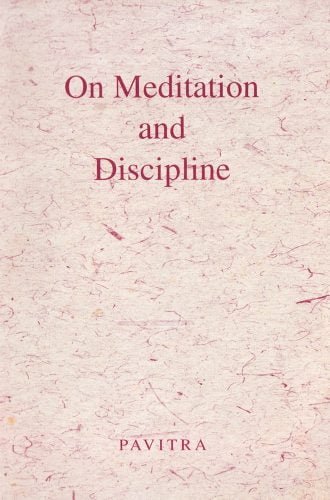
On Meditation and Discipline
Pavitra (from the Sanskrit word for ‘pure’, a.k.a. Philippe Barbier Saint-Hilaire) was one of the very early disciples of Sri Aurobindo and The Mother and he spent his last forty-four years in the Sri Aurobindo Ashram. In this little booklet named “On Meditation and Discipline“, Pavitra has distilled the vast field of yogic practice and discipline into a compact digest that is accessible to everyone and it is free of any rigid dogma in the same way that Sri Aurobindo’s Integral Yoga was without any dogma. This brief, well written “start here” guide is a perfect fit for those seeking a greater meaning in their life and are leaving no stone unturned in their seeking. In clear, simple terms Pavitra lays out three methods for gaining control of our ever-active minds during meditation. He then lays out three elemental movements of a discipline which are necessary to transform spiritual experience into spiritual realization using Sri Aurobindo’s own succinct words. Thirdly, he describes the three realizations which are the very “goals” of the meditation and discipline. The icing on this little gem is a short poem by Sri Aurobindo, The Miracle of Birth.
Book Details
Author: Pavitra
Print Length: 13 pages
Publisher: Sri Aurobindo Ashram
Contributor: Blindshiva, Krishna


